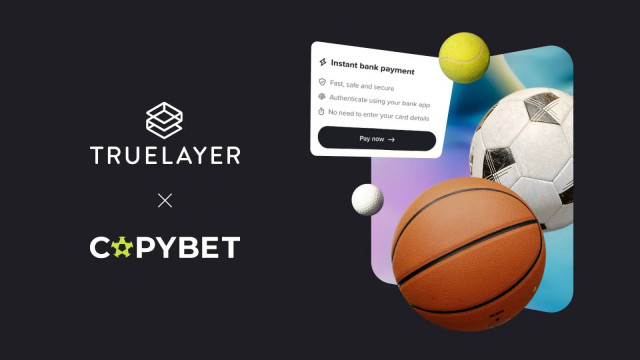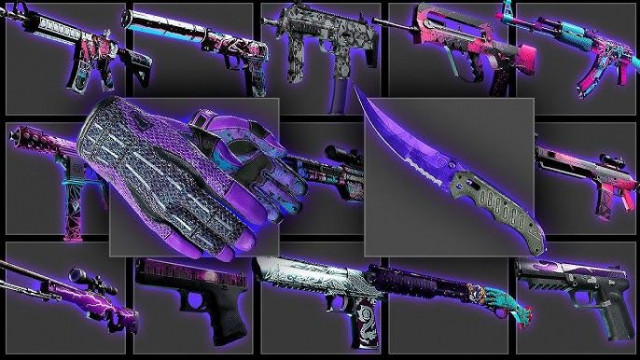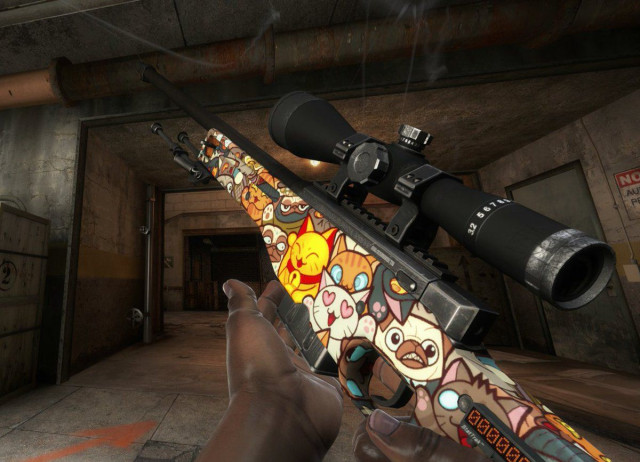When working on video, audio, or multimedia projects using tools like Movavi Software — which includes a powerful video editor, media converter, screen recorder, and more — efficient storage solutions are essential. Whether you're editing a promotional video, creating tutorials, or working on long-term content strategies, how and where you store your files directly impacts your workflow, productivity, and file security.
From large video files to frequent project backups, handling data properly ensures that your Movavi projects remain safe, organized, and readily accessible. As part of a streamlined content production process, choosing the right storage strategy is just as important as the editing itself.
To make the most of your projects using tools from https://www.movavi.com/ let’s explore best practices and effective storage options tailored for individual creators, teams, and businesses.
Why Proper Storage Matters for Movavi Users
Managing High-Resolution Media
Movavi supports and exports high-resolution video formats — including 4K and Full HD — which means even short clips can take up significant disk space. Without an organized storage system, you may quickly run into disk space issues, slow performance, or even accidental loss of valuable content.
Using the right storage tools not only ensures smooth operation within the software but also helps prevent costly errors like file corruption or overwritten work.
Supporting Long-Term Projects
Whether you’re working on a single video series or maintaining an archive of branded content, having a scalable storage solution lets you access and reuse your Movavi assets easily. Organized storage helps maintain consistency across multiple campaigns and allows for efficient collaboration between team members.
Local Storage: Fast Access for Active Projects
Internal SSD or HDD Drives
For editors working on active projects, saving files on a local SSD (Solid-State Drive) or HDD (Hard Disk Drive) offers fast read/write speeds and easy access. SSDs are particularly beneficial when working with large video files, as they offer better performance compared to traditional hard drives.
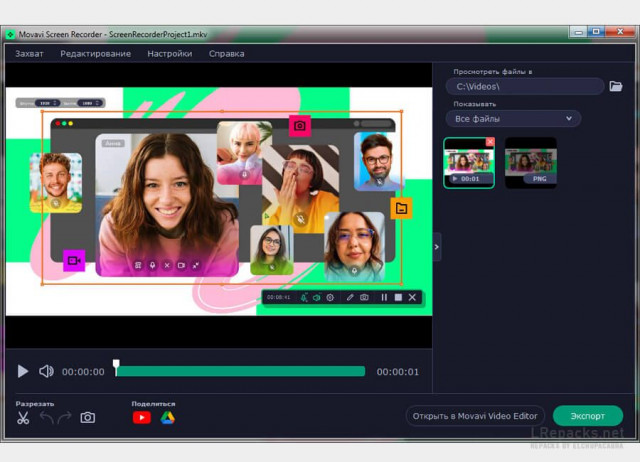
Keep your current projects on an internal drive for quicker editing in Movavi Video Editor, but avoid filling up the drive to capacity — it’s recommended to leave at least 10–20% of your storage free to allow the software and your system to run smoothly.
External Drives for Mobility and Backup
External drives are a practical option if you work across multiple devices or need to keep backups of your Movavi projects. Portable SSDs or USB 3.0 external HDDs provide both mobility and ample storage. They're especially useful for creators who need to present content to clients or work offsite.
Always organize your folders by project name, date, or content type (raw footage, renders, audio files) to make your workflow more efficient.
Cloud Storage: Flexibility and Collaboration
Google Drive, Dropbox, or OneDrive
Cloud storage platforms are ideal for users who want access to their Movavi projects from multiple locations or collaborate with team members. Services like Google Drive, Dropbox, and OneDrive allow you to sync files, share download links, and even roll back to earlier versions of a file.
For example, after exporting a video project from Movavi Video Editor, you can upload the final render to Google Drive to share with a client or team without having to compress it for email.
Cloud Backup for Peace of Mind
Using a cloud backup solution ensures your Movavi projects are protected from hardware failure, theft, or accidental deletion. Services like Backblaze or iDrive automatically back up your system, including any folders you’ve designated for project files.
This provides long-term security for your media without requiring manual intervention, making it a great option for content creators with heavy workloads or limited time.
Network Attached Storage (NAS) for Teams
For teams that produce video content regularly, a NAS system can centralize your storage while providing easy access to shared Movavi projects. NAS devices connect to your local network, acting as a private cloud that can be accessed from multiple computers in your office or studio.
Movavi users can store project files, templates, intros, and more in shared folders, improving version control and workflow efficiency. Some NAS systems also support media streaming and file syncing with cloud services.
Organizing Your Files for Maximum Efficiency
Create a Standard Folder Structure
Establish a consistent folder structure to keep your files organized across all storage platforms. For example:
ProjectName > Raw Footage
ProjectName > Audio
ProjectName > Edited Versions
ProjectName > Exports
This helps prevent lost files, makes backups easier, and speeds up the editing process inside Movavi.
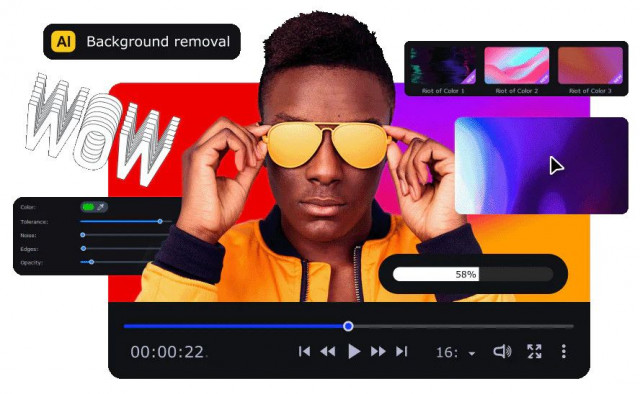
Use Naming Conventions
Give each file a clear, descriptive name that includes the project name, date, and version number. For instance:
BrandVideo_July2025_v2.mp4
This system helps you quickly locate the right file and avoids accidentally overwriting important work.
Automate Your Backup Routine
Use backup software or operating system features (like Time Machine for Mac or File History for Windows) to schedule automatic backups of your main Movavi project folders. Combine this with manual cloud uploads or NAS synchronization to cover all your bases.
Don’t rely on a single drive or location — ideally, follow the 3-2-1 backup rule:
Keep three copies of every file
Store them on two different media types
Keep one backup offsite or in the cloud
Final Thoughts
Effective storage isn’t just about saving space — it’s about protecting your creative efforts, improving productivity, and ensuring long-term access to valuable content. Whether you’re an individual creator or part of a business team, Movavi Software gives you the tools to produce professional-quality videos, and pairing it with the right storage strategy only enhances the results.
Explore the full suite of multimedia tools at movavi.com and start building a storage workflow that supports your goals, secures your work, and grows with your creative projects.




















